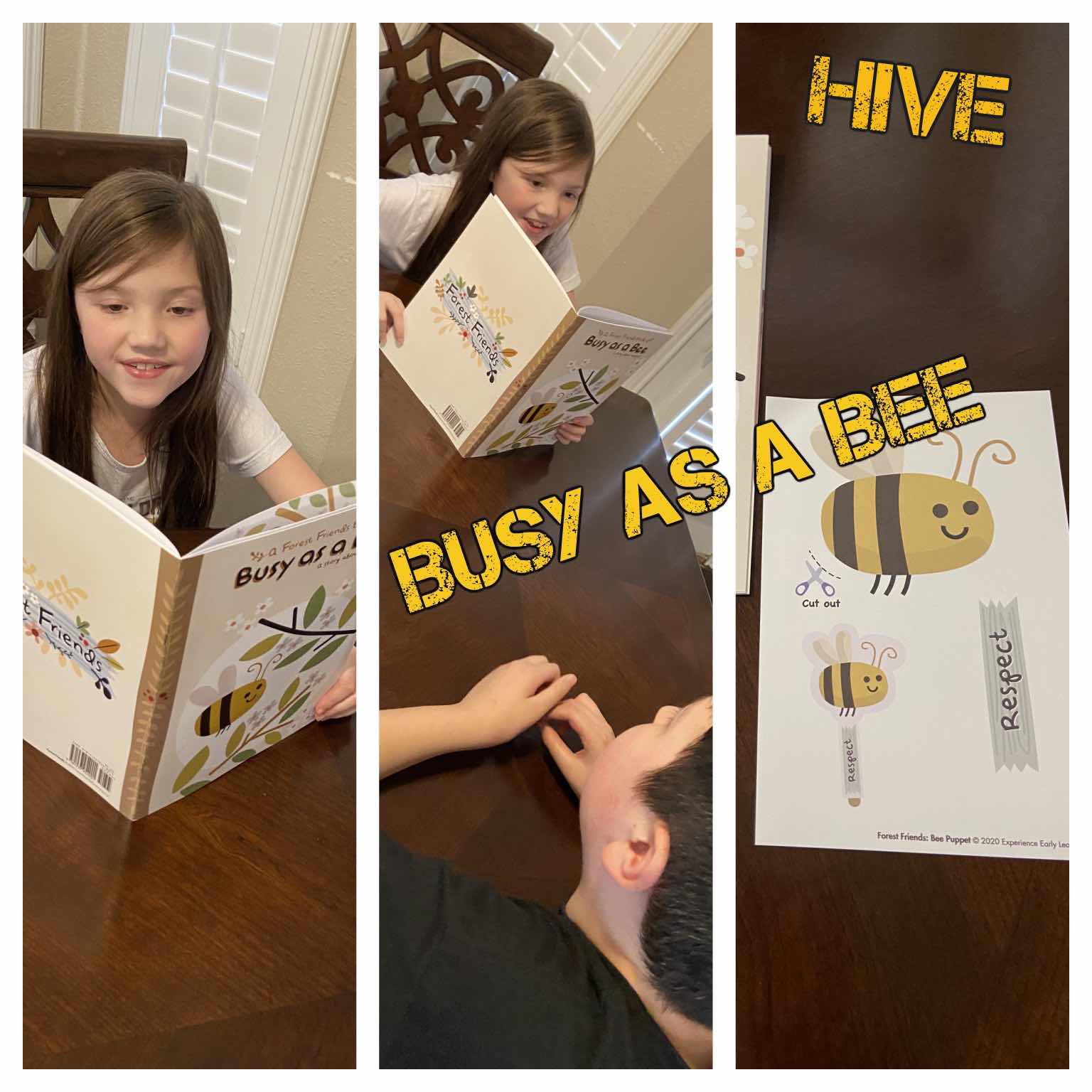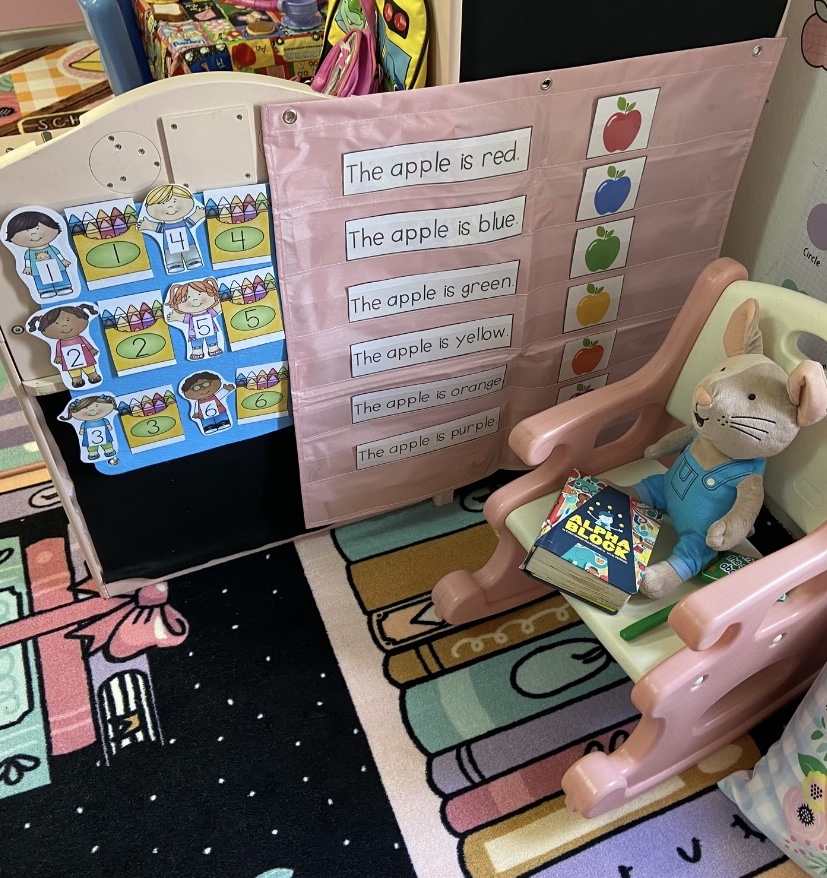This week we learned all about Bug Homes. Bug Homes can be in Plants, Dirt, Hills, a Web or in Hives.
Plants
Leaf insects camouflage themselves from predators by looking like leaves.
What do you think insects like to eat?
Insects like to eat plants, leaves, wood and roots.
They are called herbivorous insects.
The Children made a Leaf Bug Collage
The children looked at the Inspiration Photo before starting on their Creation.
The first thing they noticed in the photo was all the holes the bugs had made.
The children started punching holes in their paper before cutting out their leaf.
They looked at the leaf shapes on the table and chose a shape for their leaf and then cut it out.
After cutting out their leaf shape they added the circle shape stickers for bugs.
They finished by drawing legs and other body parts on the bugs.
A Leaf Story
The children drew pictures of their favorite insects and decorated their creations with leaves.
What do you like about this insect?
Can you share your story? 😊
Fun With Steam Stations
Our Awesome Nature Bugs Steam Station
They had so much fun with this activity. They created insects with nature items.
Questions asked were:
What body parts does an insect have?
What do you know about insects?
How could you make a newly discovered insect?
Gathered Materials for Nature Bugs
Nature Bugs were a Big Hit! 😊
Dirt
Another Steam Station the Children enjoyed was Worm Tunnels.


When earthworms tunnel through the dirt they bring air into the soil.
Many insects spend at least part of their lives underground in the dirt.
Ants and termites live most of their lives underground in social colonies and living in tunnel structures.
The children really enjoyed this Steam Station.
Hill
How many ants do you think live in one anthill?
250,000 ants
For their Make and Play Project - The children made Anthill Shakers.
First they counted their ants (black beans) and put them in the Ant Hill.
Then they decorated their Anthill Shakers! 🐜
They made a lot of noise! 😃 🐜 🤣
An Anthill is formed when ants dig underground colonies and deposit the extra soil in one spot.
There are many pathways and tunnels throughout the structure.
Bug Bingo

The children played a fun game of Bug Bingo. They described the bug on the card instead of showing it to make it more challenging. 😉
The children played a fun game of Bug Bingo. They described the bug on the card instead of showing it to make it more challenging. 😉
Web
The silk strands in a web are five times stronger than a piece of steel the same size.
Many spiders actually replace their entire webs every day.
For their Creative Corner Activity the Children made a Web.They each had a cardboard loom and yarn. They wrapped the yarn around the loom to create the web.Then they received their toy spiders.
Bee hives or colonies contain three types of bees: the queen, the workers, and drones.Bees protect themselves by building their hives in very secret spots.

Our last activity of the day was for my granddaughter to read to us Forest Friends : Busy as a Bee 🐝 Book
Our last activity of the day was for my granddaughter to read to us Forest Friends : Busy as a Bee 🐝 Book
How was the Bee Respectful?
The children followed up with a Drawing and Writing Activity about ways to be Respectful.
Below is what they shared. ❤️
❤️🐝🥰🐝❤️😍
See you next week for





No comments
Post a Comment